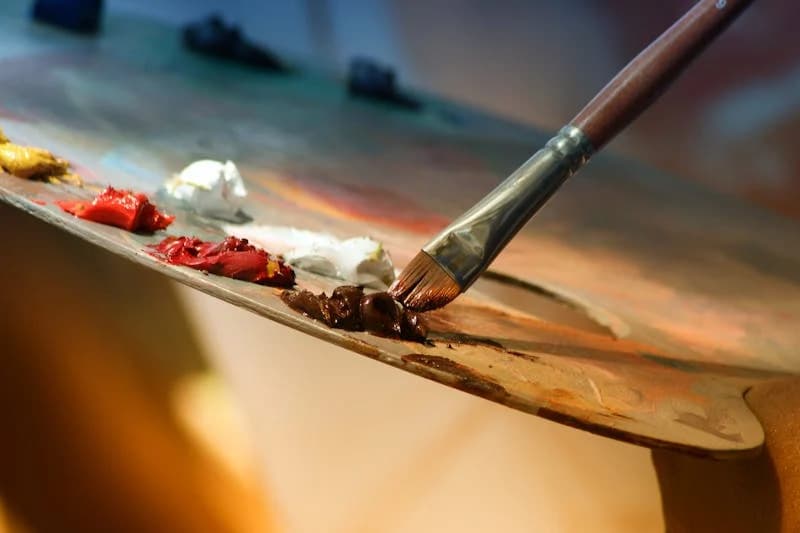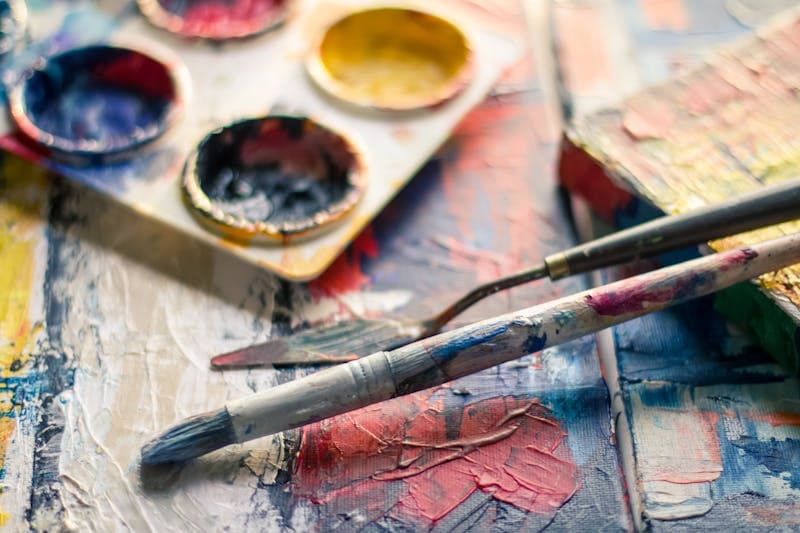Contemporary art history is undergoing significant changes due to the development of technology. Innovative tools and methods open up new opportunities for research, analysis and presentation of artworks. From the creation of digital archives and databases to the use of virtual reality to visit exhibitions, technology is changing the way we interact with art. This article will look at how digital technologies are affecting art history and what perspectives they open up for scholars and the general public. By exploring the role of artificial intelligence, machine learning, and blockchain technologies, we will see how these innovations contribute to a deeper understanding and preservation of cultural heritage.
Digital archives and databases
One of the greatest advances in technology in art history is the creation of digital archives and databases. They allow researchers to access high-quality images of artworks, historical documents, and other materials from anywhere in the world. This greatly simplifies the research process and makes it more efficient. In addition, such archives can be integrated with other platforms, such as Legjobbkaszino, to provide even greater access to a variety of information. The use of these digital tools contributes to a deeper understanding and analysis of art, allowing researchers to conduct more accurate and comprehensive studies.
Virtual museums and exhibitions
Virtual museums and exhibitions are becoming increasingly popular, offering unique opportunities to interact with art. Thanks to augmented reality (AR) and virtual reality (VR) technologies, viewers can ‘visit’ museums and exhibitions from the comfort of their own homes. This makes art more accessible to a wider audience and promotes cultural heritage. Just as promotions such as the no deposit casino bonus Hungary 2024 attract new users to online platforms, virtual museums encourage people to explore and enjoy art in new and exciting ways.
Analysing and restoring artworks
Technology also plays an important role in the analysis and restoration of artworks. The use of spectral analysis, infrared photography and other methods allows researchers to study the structure and composition of artworks without damaging the originals. The use of modern technologies, such as 3D scanning and modelling, allows for the creation of accurate digital copies and reconstructions of damaged elements. This helps to preserve and restore valuable works of art for future generations, ensuring their long-term existence and accessibility to researchers and the public.
Development prospects
Technological developments are opening up new horizons for art history. The use of artificial intelligence (AI) to analyse large amounts of data, machine learning to identify styles and authorship, and blockchain technologies to confirm the authenticity of artworks are just some of the promising areas. These technologies allow for more accurate and faster research, reveal hidden patterns and falsifications, and create interactive databases for easy access to information. As a result, art historians can gain new insights and improve their methods of analysing and interpreting artworks.
Technology is changing contemporary art history, making it more accessible, efficient and innovative. They open up new opportunities for research, promotion and preservation of cultural heritage. Digital archives and databases allow researchers from all over the world to work with high-quality images and documents, which greatly simplifies access to information and makes the research process more convenient and productive. Virtual museums and exhibitions allow a wide audience to enjoy art anytime and anywhere, promoting cultural heritage and attracting new fans.

Technologies such as artificial intelligence, machine learning, and blockchain are adding new dimensions to the process of analysing and studying artworks. They help to identify styles and authorship, authenticate and even detect fakes. These innovations not only increase the accuracy of research, but also expand the boundaries of what we can learn about art and its history.
Another important aspect is the use of technology for the restoration and conservation of artworks. Spectral analysis, infrared photography, and 3D scanning allow us to preserve and restore valuable objects without the risk of damage, ensuring their safety for future generations.
In the future, we can expect even more exciting developments and advances in this field. The development of new technologies will continue to open up new opportunities for art history, making it even more interactive and accessible. This will contribute to a deeper understanding and appreciation of art, helping to preserve our cultural treasures and reveal new aspects of our history and culture. Technology will be a key tool in preserving and promoting art, ensuring its relevance and impact for future generations.
